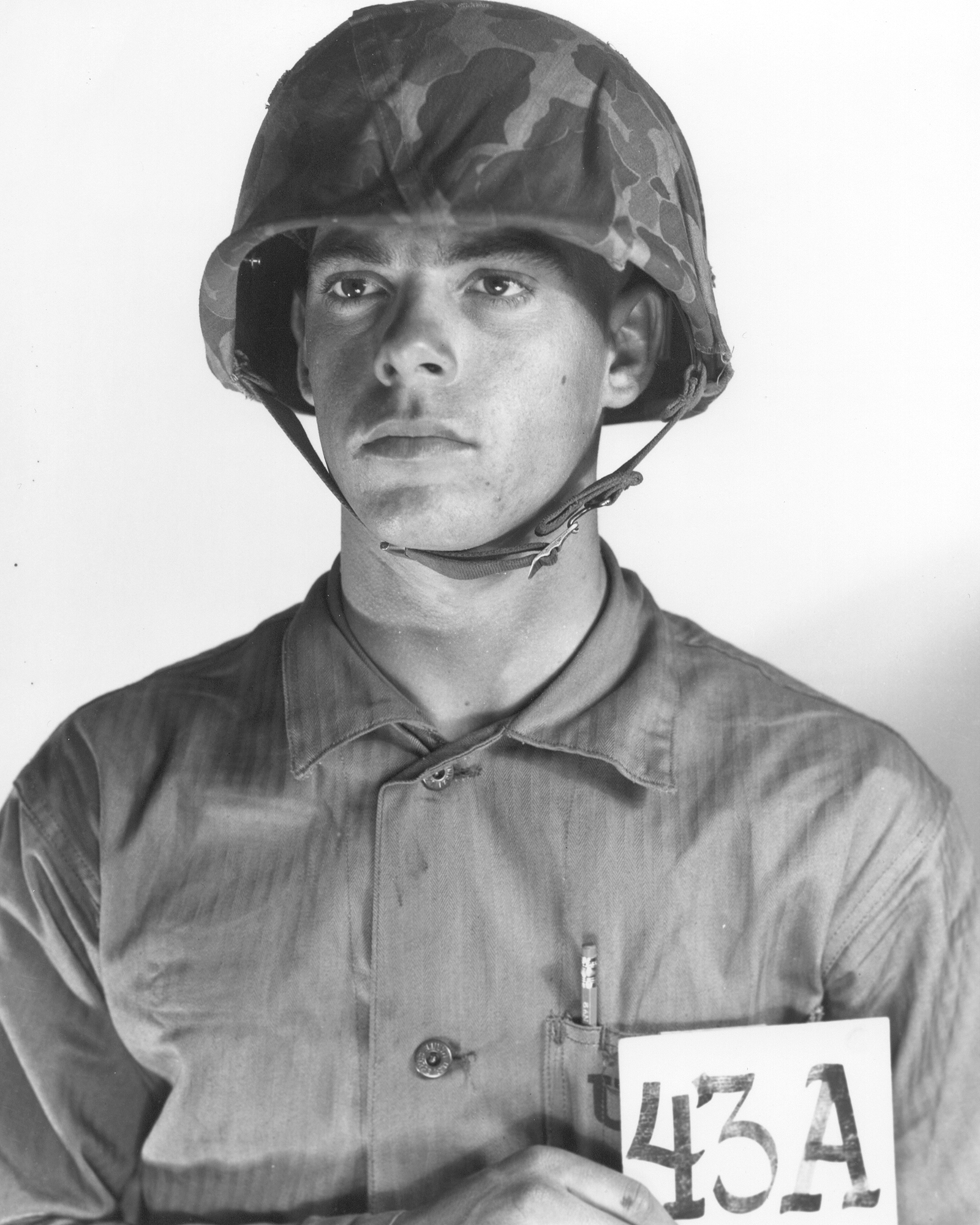As World War I continued to rage on in it's fourth year, The Meuse-Argonne Offensive was launched by the Allied Powers on September 26th, 1918. It would be the final offensive of the war, as well as the bloodiest battle fought in American history, with over 300,000 total dead. The goal of the offensive was to breach the last line of German defenses on the Western Front - the Hindenburg Line - and break the Kaiser's stronghold.One of the fifteen American divisions participating in the attack would be the American 77th Division. Within this division was the 308th Infantry, whose motto "Toujours en avant" translated to "Ever Forward" - a motto they would certainly live up to. After World War I, they would become known as "The Lost Battalion."When the offensive began, the 308th Infantry Regiment was given orders to attack the German line; with the plan including French forces on their left, and other American forces, including the 92nd Infantry, on their right. However, the French advancement was stopped in its tracks and the 92nd Infantry were severely hampered by staunch German resistance. The 308th Infantry regiment ended up advancing on a pocket of the German line, which appeared completely undefended.Unfortunately for them, it didn't take long for the German forces to realize their mistake and promptly close the line behind them, resulting in complete separation from Allied forces.Over a period of six days, the Lost Battalion suffered from dwindling supplies like water, food, and ammunition. They occupied a position that was uniquely perilous, completely surrounded by enemy forces, while their allies to the southwest had no way of ascertaining their positions. They also received constant harassment from German forces.During the six-day period, they would routinely watch supply drops fall short or miss them entirely, only for the contents to be gathered up and stolen by German soldiers. At one point, the American artillery meant to destroy the enemy, would decimate a large portion of the battalion and cause heavy casualties. By the time the shelling would cease, the Regiment was left with approximately 170 soldiers.The 154th Brigade, parent unit of the 308th Infantry Regiment, would launch ferocious assaults against the German line in desperate attempts to reach their besieged comrades. Each time, they were thrown back, only to reorganize and advance once again. In the first four days of these rescue attempts, the rest of the 308th would lose almost 800 soldiers. A special task force was then assembled.The task force was made up of the veteran 28th Infantry Division and supported by the fresh and untested 82nd Infantry Division, who was tasked with supporting their assault. This attack would succeed in forcing the German line to retreat. Maj. Charles Whittlesey, the commander of the 308th, sent a volunteer scout, Abraham Krotoshinsky, to find and link up with American relief.On October 8th, 1918, the 77th Infantry Division's relief force would finally reach the position of the Lost Battalion.Whittlesey was immediately promoted to the rank of Lieutenant Colonel for having maintained his perilous position and would be awarded the Medal of Honor for his actions that day.Because of the distraction the Lost Battalion became in the area, the Allies were able to regain foothold, break the line and cause the Germans to retreat. The Lost Battalion faced friendly fire, lack of supplies, were completely surrounded by the enemy, and still held the line. We remember them today and always.
Made with veterans and patriots in mind.
Patriotic Apparel

Shop Best Sellers

Shop Outerwear




%201.svg)






